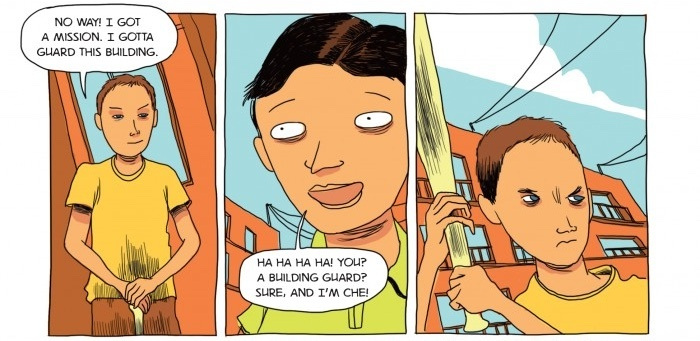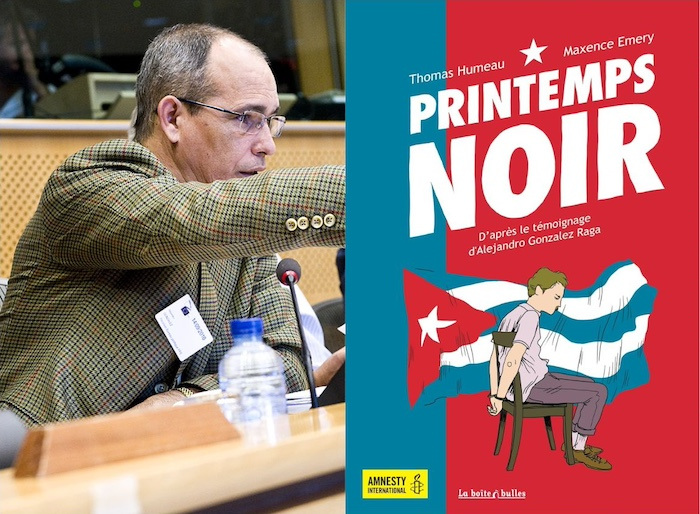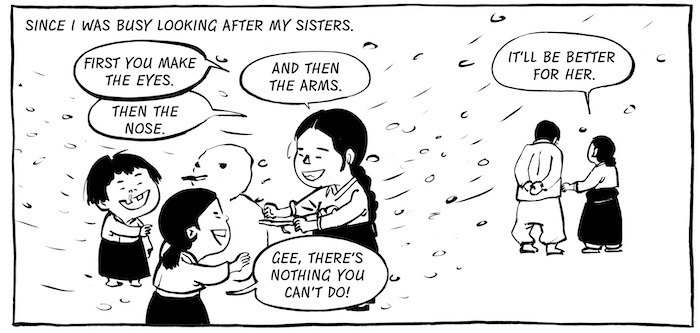Boyhood, Bullying, and Rebellion in Cuba
Posted on July 29, 2024

"That day, I realized that someone with power is as capable of the very best as the very worst."
Decades after a childhood experience in which he briefly became a bat-wielding bully, Alejandro González Raga reflects on what power can do to the human personality. Those reflections have resonance throughout his life story, which began in post-revolutionary Havana, where his grandmother was the chair of the local “Neighborhood Committee”: a citizen-monitoring group that encouraged people to report “enemies of the revolution” among their neighbors.
Much later, as an adult, González Raga was one of the independent journalists targeted in Cuba’s “Black Spring” of 2003. While the world’s eyes were focused on the US invasion of Iraq, Cuban police rounded up seventy-five independent journalists and dissidents in one of the nation’s harshest crackdowns.
What happened in between? That is the focus of this excerpt from Black Spring, translated into English by Edward Gauvin and published in Words Without Borders. The full book is currently available in French, with writing by Maxence Emery and artwork from Thomas Humeau.

Young adult readers who may not initially know much about Cuba will still find a lot to relate to in González Raga’s story, from adolescent boredom (skipping military school to “pick up chicks”) to the vital importance of music (some snippets from his favorite radio station are below).
Black Spring in the Classroom
To give students a quick entry point into the story, you might have them reflect on childhood nicknames before they begin to read: “Did people ever give you a nickname? If so, how did (or do) you feel about it? If not, was there ever a nickname you wanted to have?” (Early in the story, González Raga’s uncle calls him “El Jodejor . . . a word we Cubans use a lot for people who spend their time clowning around.”)
Depending on their ages, you might also have students work in pairs to talk about childhood memories, first by imagining how González Raga might respond to the questions below, and then by answering the questions themselves:
- Where did you live when you were a child? What was it like there?
- Did you ever have or want a particular nickname?
- What did you do for fun?
They can put the results into a Venn diagram showing where their experiences intersect with one another’s and González Raga’s.
Once they’ve read and discussed “Black Spring,” students can use it as a model for their own memoirs or oral histories of family or community members; a guiding question might be, “Talk about a time when you realized something about life.” The resulting stories could be illustrated with photographs, drawings, or both at once (using “Black Spring” as inspiration).
Pairs Well with . . .

On WWB Campus:
- “Grass,” a work of graphic oral history from Korea, beginning with the narrator’s childhood just before World War II
- “An Interview with Wu Wenjian,” in which a young Chinese artist gets involved in the Tiananmen Square protests
- “My Story of Chess,” from Georgia, about childhood chess matches and the price of “winning at all costs”
Elsewhere:
- Black Boy, by Richard Wright
- When I Was Puerto Rican, by Esmeralda Santiago
- Persepolis, by Marjane Satrapi
By Nadia Kalman, with research by Maggie Vlietstra.



